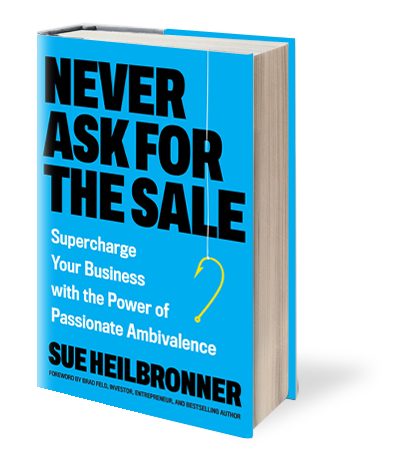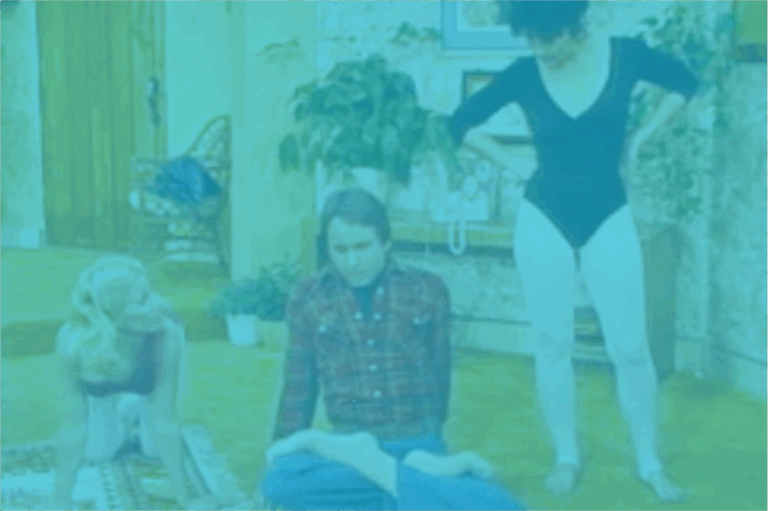Stop Running Boring Virtual Events (Please?)
I’ve been holding a judgment for months that I haven’t wanted to admit. I find a material percentage of my Zoom meetings — fitness classes, team meetings, all-hands, etc. — dull. I imagine you’re thinking that this is because those meetings are virtual. I disagree. Yes, a bad in-person event is probably better than a bad virtual event. That’s fair. But a good event is a good event, and I think those can occur in-person or virtually.
The difference is that when you’re in a live, in-person event, you know that you’re in a live event. There are other beings there who seem sentient and physical. There are snacks! When you’re in a virtual event, it’s less clear. Those other beings could be live or they could be pre-recorded, and, to me, pre-recorded meetings are as dull as lukewarm coffee.
The reason I find pre-recorded yoga classes, webinars, or segments of all-hands meetings dull is that they don’t feel current. They are not responsive. The content is not attuned to what’s happening in the moment. They can feel as tone deaf as a random pre-scheduled newsletter that hit your inbox during the live broadcast of the inauguration. You saw it come in and you thought “don’t they know about Amanda? How are they talking to me right now about email conversion rates?”
I’ve been judging myself for my preference for live, dynamic virtual events for quite some time. Where are my biases? Do I find men more engaging than women? But I’m done. Here it is: “captive audiences” are a thing of the past. They have been for quite some time, even in live events where your audience can escape to their phones. If you are running a live virtual session, the ante is upped. You need to captivate your audience. Yes, it’s on them to try to turn away from distractions, but it’s on you — your 100% responsibility — to be lively, responsive, available for the unexpected, and willing to take chances.
Virtual meetings take way more presence by the people leading them. That’s because it takes way more to keep people’s interest through a computer screen. To make LIVE virtual meetings or classes riveting, they have to feel like they are ALIVE. If sessions are delivered as a pedantic, monotone sequence of curriculum, there’s no difference between attending an “event” and watching a canned video.
Here are a few key differentiators in my mind. Let me know yours on Twitter.
First, in any event with fewer than 30 people, everyone should “speak” at the start. This can be with voices, a rename of their Zoom name, or a statement in chat. Give everyone a voice that you and others hear.
Second, you as an event leader must respond in real-time to expected or unexpected things that happen in your setting, with your material, with your audience members, in the world, with the tech, or all of the above. If you don’t, you will lose your attendees. If you find ways improvisationally to engage around things in the moment — by calling on people, digging in on something interesting, admiring someone’s excellent shirt, saying something vulnerable about you, telling a relevant (short) story, or pulling through something an attendee said earlier into a later point — your presence will be rewarded by your attendees’ attention. This is not for the faint of heart. This is risky. Scripts are predictable. Deviation from them is vulnerable. You might fall on your face. Guess what engenders trust and attention? This exact risk.
Third, and this may be a subset of the second thing, it is incredibly helpful if you’re funny. It’s more important than in regular times. If you are funny, loosen up your script and your guardrails and allow your full you to be available as an event leader. One of my live/remote yoga teachers truly tells the same yoga jokes every other class. It’s almost funny just to see his courage of repetition. Today he shared that his father trained him in the art of the repetitive joke. That was funny…and personal. He also shared that his first exposure to yoga was watching John Ritter as Jack Tripper get stuck in lotus pose in the 70’s hit Three’s Company. This was so funny to me that I took time to prove him right.
If you are not naturally witty, then find ways to be creative or playful. Use surprising backgrounds, wardrobe changes, light-hearted breaks, or anything you can come up with to make what’s happening fun. It doesn’t matter if you’re teaching a HIIT workout class or a welding workshop, make people laugh and people will do whatever it is you want them to do (or learn what you want them to learn) with far more attention. If you are not game to try funny or playful, try provocative or emotionally sensitive. Try telling a short story about you. Just be there.
I’ve been afraid to share my strong feelings on this. But I’ve grown so persuaded of the import of this that I think it’s relevant not only in planning your next event but also in hiring if this is the world we’re going to live in for a while and, to some greater extent than before, forever.


